I love Latina women
Veteran
Simone Green's book 'Time Served: My Days and Nights on Death Row Records' details the tumultuous years.
When HBO was looking for photos to use in The Defiant Ones, a four part documentary series telling the story of Dr. Dre and Jimmy Iovine that premieres this spring, they reached out to Death Row's former photographer, Simone Green, who wrote a book, Time Served: My Days and Nights on Death Row Records, about her experiences shooting flicks for the iconic label. The veteran photographer, who shot celebrities like Muhammad Ali, Sugar Ray Leonard, Barry White, Luther Vandross, and Stevie Wonder for Soul Train in the 80s, first met Suge Knight when he was just a gopher running around Solar Records.
But in 1991 when he formed Death Row with Dr. Dre, Suge hired Green, the seasoned professional, to document the burgeoning label in all its glory. While performing her job duties at Death Row, Green had no idea that she was taking pictures that would be so monumental and in demand 25 years later. She didn't know she was in the midst of a scene that would become part of hip-hop's mythology, documenting artists who have become part of pop culture lore. Green recently provided Noisey with commentary on some of her exclusive photos that captured the rise of West Coast gangsta rap in the form of Death Row.
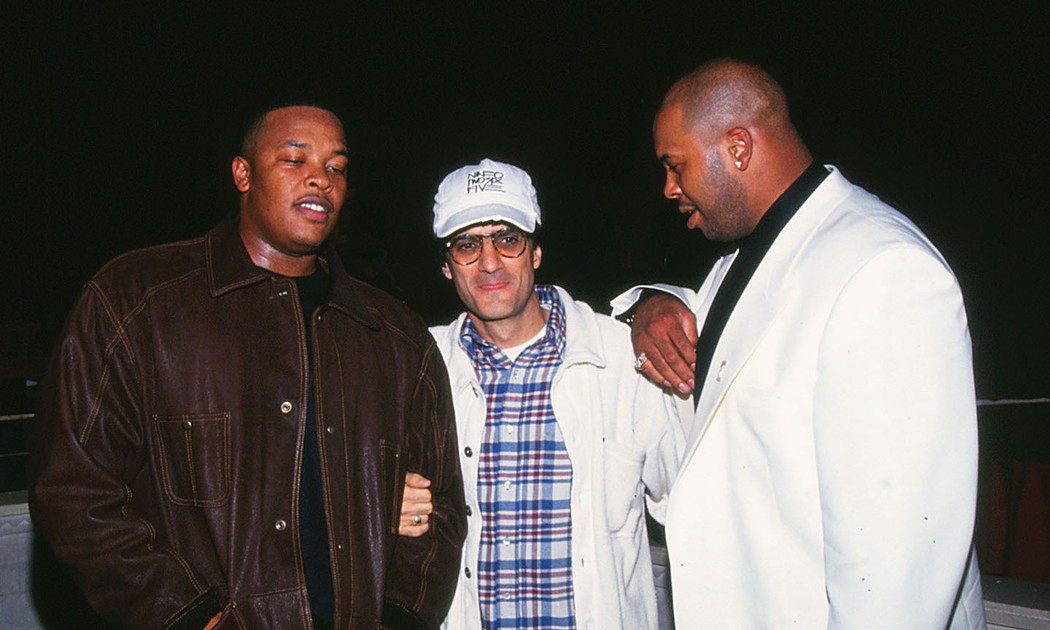
Dre and Suge were ace boon c00ns back then. They were best friends. Dre was like, "I'm going to make this company bigger than anything." And that was what he was doing musically. But musically, what a lot of people don't know, is that Dre took credit for all the songs. He was bad with the music, but he didn't write everything. They didn't give anybody any publishing money. It was like Motown all over again. But Motown with like cayenne pepper in it because no one was getting beat down at Motown.
I worked with Dre most of the time in the middle of the night, working on video shoots. Dre paid good. When you worked for Dre you knew you were fired when you went to pick up your check and there wasn't one for you. Instead of someone calling and saying you're fired, you would go to pick up your check and their wouldn't be one. So then you know you're fired.
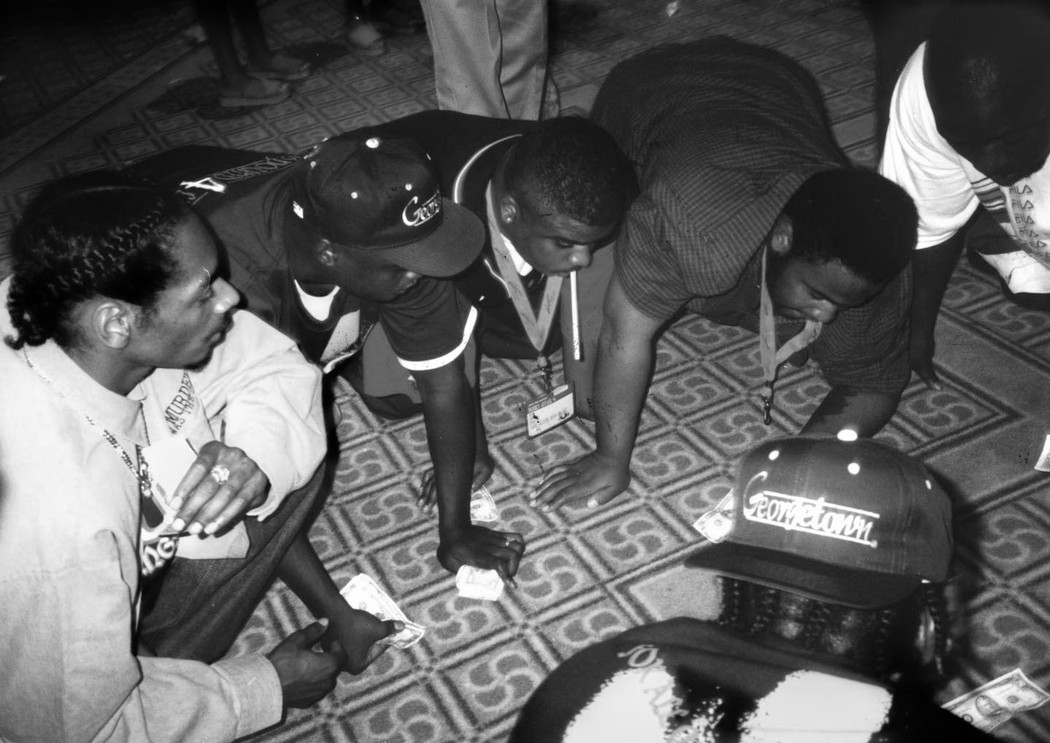
That was the last Jack the Rapper event in Florida, and the guys were in the kitchen at the hotel waiting for the people to set up the stage so they could do soundcheck. That was all the little Dogg Pound puppies shooting dice with Snoop that day. Snoop loved me because I was from Detroit. He might have been a gangster, but we never saw that. He was raised in the church, and he was a good guy, and he's never changed from that yet. If Snoop comes to town he's like, "find Simone. I want to see Simone." One time I was in the car and Snoop was up in the hotel and he told me to come up. He has always been very polite.
When HBO was looking for photos to use in The Defiant Ones, a four part documentary series telling the story of Dr. Dre and Jimmy Iovine that premieres this spring, they reached out to Death Row's former photographer, Simone Green, who wrote a book, Time Served: My Days and Nights on Death Row Records, about her experiences shooting flicks for the iconic label. The veteran photographer, who shot celebrities like Muhammad Ali, Sugar Ray Leonard, Barry White, Luther Vandross, and Stevie Wonder for Soul Train in the 80s, first met Suge Knight when he was just a gopher running around Solar Records.
But in 1991 when he formed Death Row with Dr. Dre, Suge hired Green, the seasoned professional, to document the burgeoning label in all its glory. While performing her job duties at Death Row, Green had no idea that she was taking pictures that would be so monumental and in demand 25 years later. She didn't know she was in the midst of a scene that would become part of hip-hop's mythology, documenting artists who have become part of pop culture lore. Green recently provided Noisey with commentary on some of her exclusive photos that captured the rise of West Coast gangsta rap in the form of Death Row.

Dre and Suge were ace boon c00ns back then. They were best friends. Dre was like, "I'm going to make this company bigger than anything." And that was what he was doing musically. But musically, what a lot of people don't know, is that Dre took credit for all the songs. He was bad with the music, but he didn't write everything. They didn't give anybody any publishing money. It was like Motown all over again. But Motown with like cayenne pepper in it because no one was getting beat down at Motown.
I worked with Dre most of the time in the middle of the night, working on video shoots. Dre paid good. When you worked for Dre you knew you were fired when you went to pick up your check and there wasn't one for you. Instead of someone calling and saying you're fired, you would go to pick up your check and their wouldn't be one. So then you know you're fired.

That was the last Jack the Rapper event in Florida, and the guys were in the kitchen at the hotel waiting for the people to set up the stage so they could do soundcheck. That was all the little Dogg Pound puppies shooting dice with Snoop that day. Snoop loved me because I was from Detroit. He might have been a gangster, but we never saw that. He was raised in the church, and he was a good guy, and he's never changed from that yet. If Snoop comes to town he's like, "find Simone. I want to see Simone." One time I was in the car and Snoop was up in the hotel and he told me to come up. He has always been very polite.
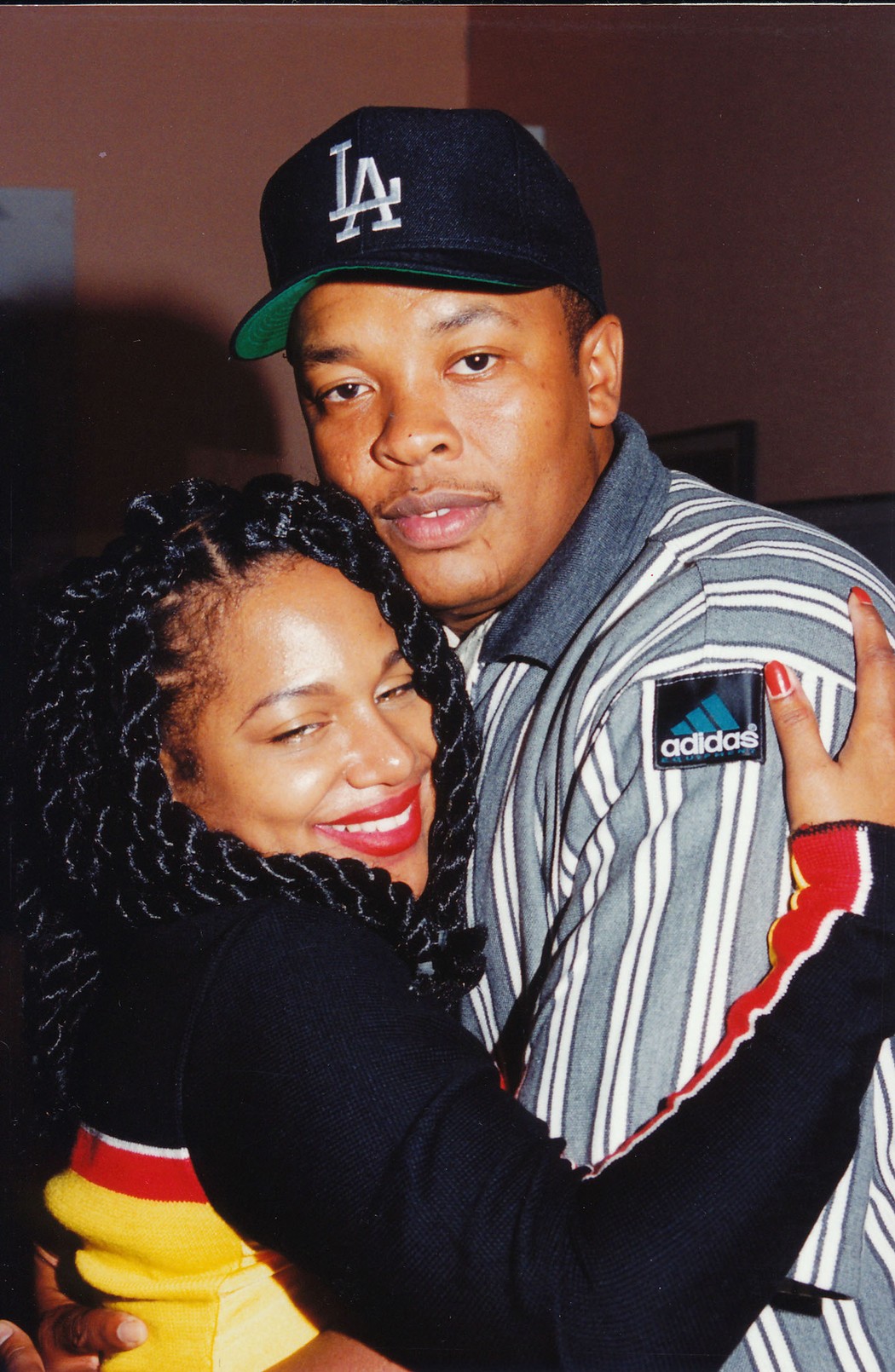
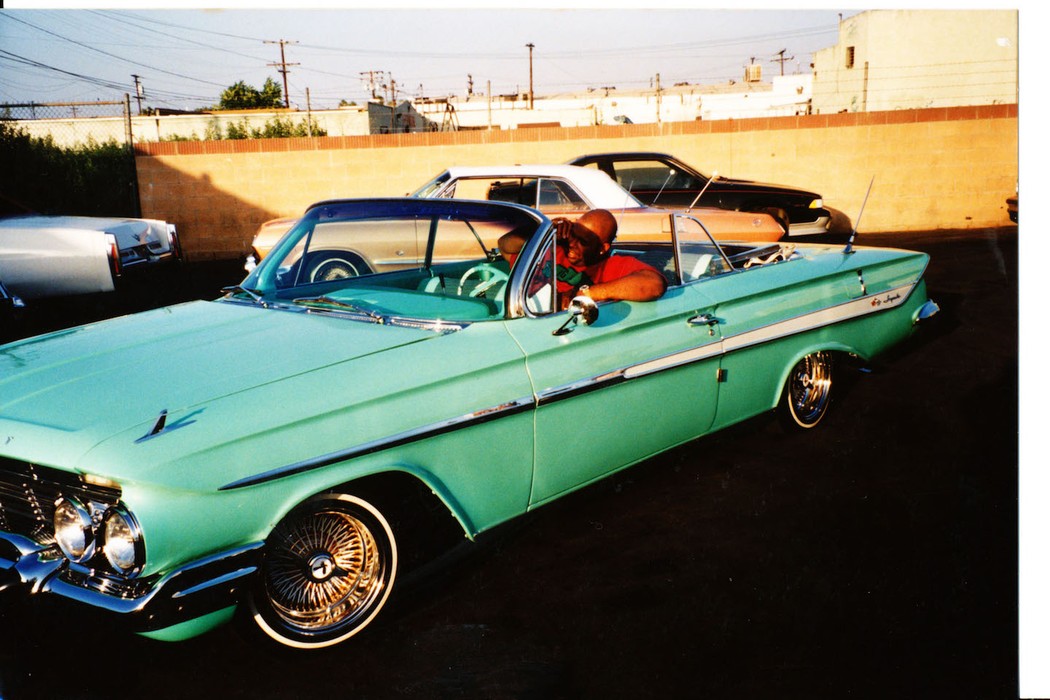
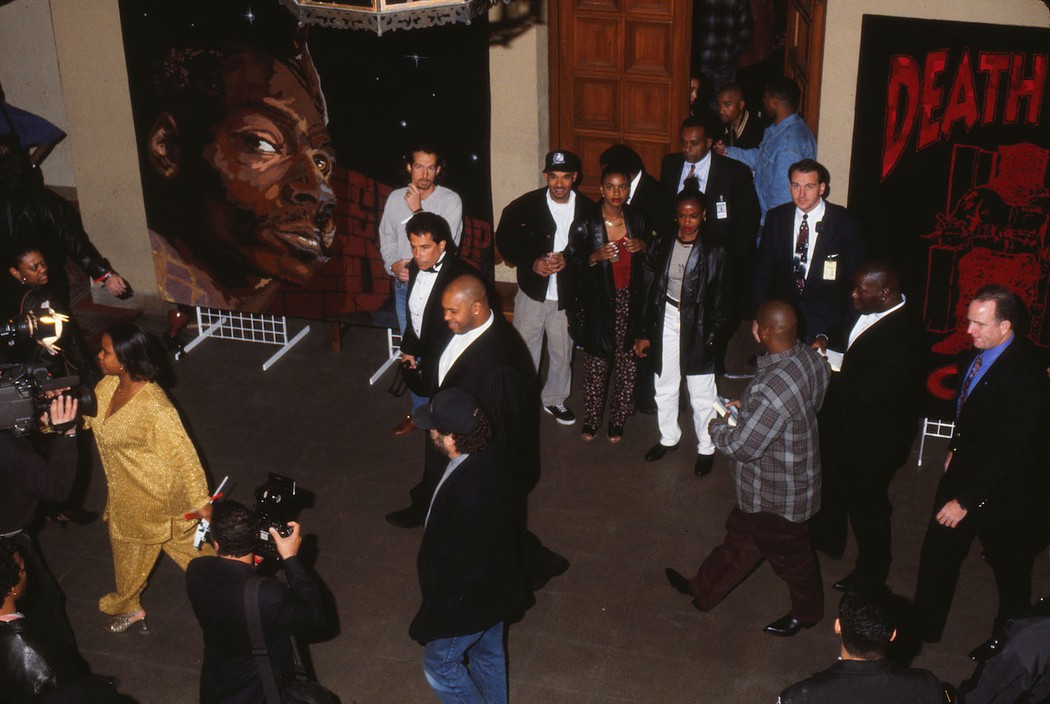
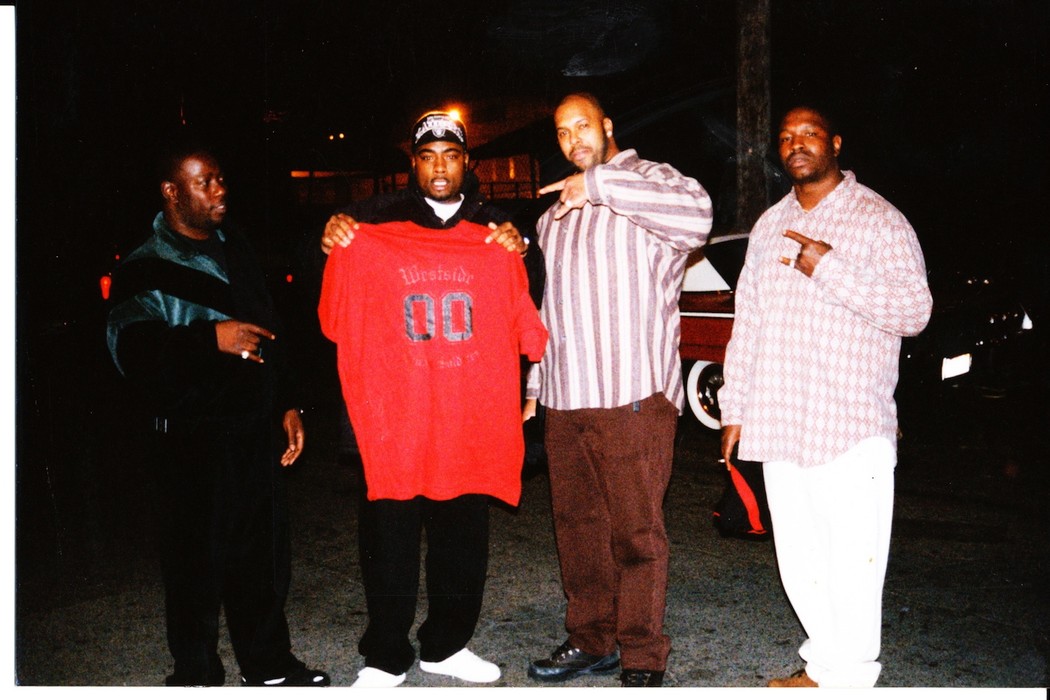
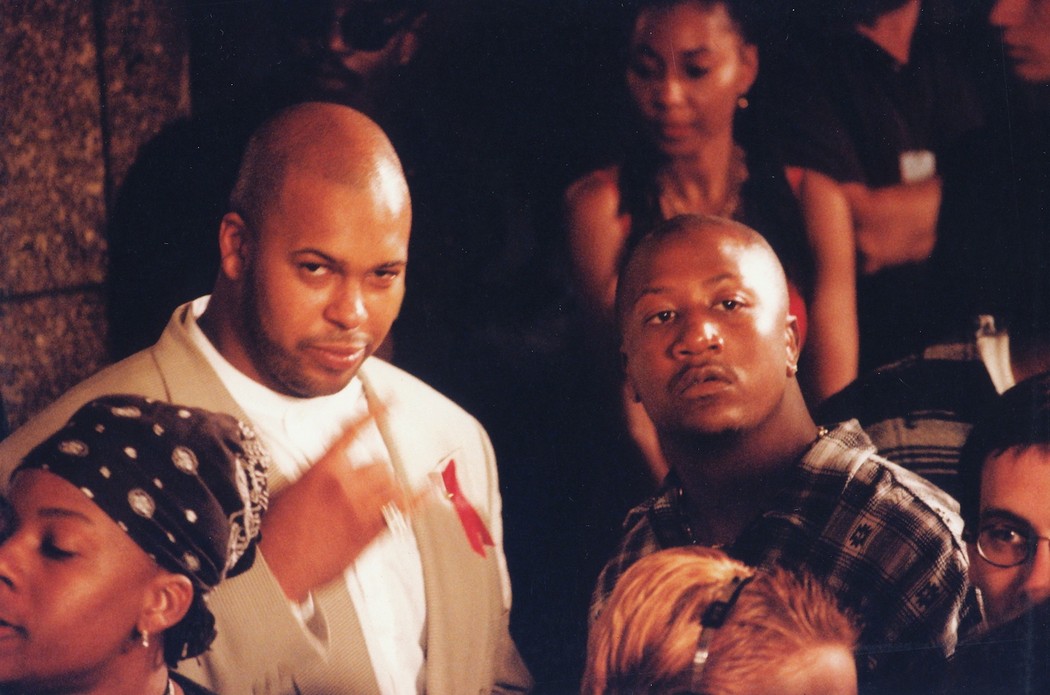



 these hoes is funny
these hoes is funny